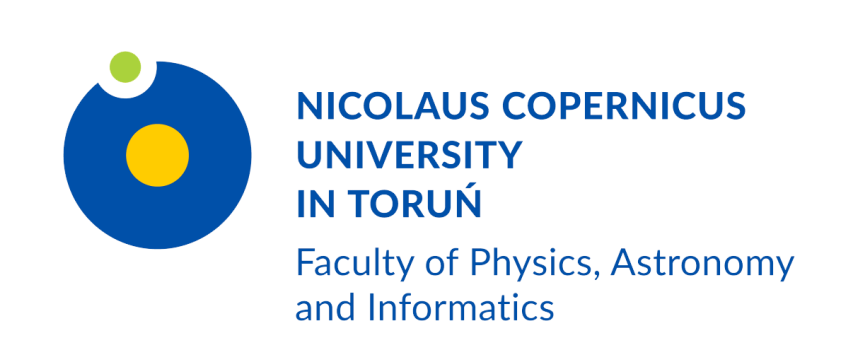
Through the efforts of scientists from WFAiIS, the Polish Consortium for Research on Cultural Heritage E-RIHS.pl has become part of the newly established European Research Infrastructure Consortium (ERIHS ERIC).
On 28 March 2025, the European Commission's decision officially transformed the European Research Infrastructure for Cultural Heritage Science E-RIHS into the European Research Infrastructure Consortium (ERIC). With its new status, E-RIHS strengthens its position as a leading centre for research on cultural heritage not only in Europe but also in the world.
E-RIHS ERIC coordinates the activities of 11 Member States: Cyprus, France, Hungary, Italy, Malta, the Netherlands, Poland, Romania, Slovenia, Spain and the United Kingdom, and cooperates with the International Centre for the Study of the Preservation and Restoration of Cultural Property (ICCROM), which acts as a permanent observer. The organisation is headquartered in Florence in the revitalised post-industrial space of Manifattura Tabacchi. The mission of E-RIHS is to promote an integrated approach to cultural heritage research, combining science and humanities, and to create an interdisciplinary research environment. Within E-RIHS, researchers have access to modern tools, archival resources and research procedures in the field of cultural heritage protection, and the organisation also supports the development of skills through the HS Academy, offering advanced training programmes.
Poland plays an important role in this European infrastructure, the national node of which brings together 14 scientific institutions: Nicolaus Copernicus University in Toruń as the leader, Jan Matejko Academy of Fine Arts in Kraków, AGH University of Science and Technology in Kraków, Institute of Bioorganic Chemistry of the Polish Academy of Sciences – Poznań Supercomputing and Networking Center, Institute of Nuclear Chemistry and Technology in Warsaw, Jerzy Haber Institute of Catalysis and Surface Chemistry of the Polish Academy of Sciences in Kraków, R. Szewalski Institute of Fluid-Flow Machinery of the Polish Academy of Sciences in Gdańsk, National Museum in Kraków, National Centre for Nuclear Research, Warsaw University of Technology, Jagiellonian University, University of Economics in Kraków, University of Warsaw and University of Wrocław. The partners of the node have been implementing numerous research projects for almost 10 years, which concern the protection of material cultural heritage. Thanks to this cooperation, Poland contributes its experience and research potential, which will now be available to institutions protecting cultural heritage throughout Europe.
Prof. dr hab. Piotr Targowski, acting as the chairman of the E-RIHS.pl Consortium Council, and dr inż. Magdalena Kowalska, who coordinated the work related to the creation of the National Node in the European Infrastructure ERIHS, contributed decisively to the success of this initiative.
The transformation of E-RIHS into an ERIC creates new opportunities for the intensification of international cooperation, enabling the linking of national initiatives with international efforts to foster innovation and excellence in heritage sciences. This is a step towards a more sustainable development of research aimed at protecting and promoting common cultural heritage in a global context.

 Grudziądzka 5, 87-100 Toruń
Grudziądzka 5, 87-100 Toruń![Research on the Gaius manuscript in the Capitoline Library in Verona. From right: Dr Magdalena Kowalska (IF UMK), Maria Luisa Russo (conservator), Prof. Magdalena Iwanicka, PhD (WSzP UMK), Prof. Piotr Targowski (IF UMK). [fot. Ivan Shevchuk (Centre for the Study of Manuscript Culture, University of Hamburg).] Research on the Gaius manuscript in the Capitoline Library in Verona. Pictured are Magdalena Kowalska, PhD, from the Institute of Physics at the Nicolaus Copernicus University, Maria Luisa Russo (conservator), Magdalena Iwanicka, PhD, prof. from the Faculty of Fine Arts at the Nicolaus Copernicus University and Piotr Targowski, PhD, prof. from the Institute of Physics at the Nicolaus Copernicus University. Translated with DeepL.com (free version). Click to zoom the picture.](http://www.umk.pl/wiadomosci/serwisy_wp/gallery/5251/thumbnail/verona-foto1-2.jpg)